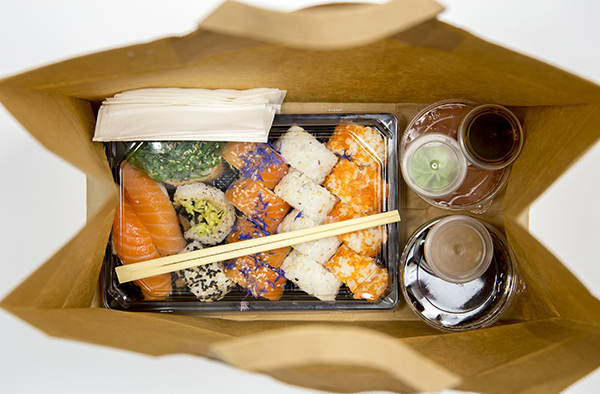Food Safety Resolutions for the New Year
Finally, 2020 is in our rearview mirror and we can all turn the page to 2021! Resolutions for the new year might be more of the same from prior years (lose weight, exercise more, less screen time, etc.) OR you may have identified new practices to implement in your operation. If the latter, likely goals included some practices related to food safety – especially given the turmoil of 2020 and heightened concern by customers. It is our philosophy that attention to safe food handling practices is a win-win for any operation because of the direct relationship between food safety and food quality, which in turn leads to customer satisfaction. This past year has also demonstrated that attention to safety can affect the bottom line. Thus, the topic of our first SafeBites webinar for 2021 is on the topic of the return on investment of food safety, it is scheduled for January 20, so register now and please plan to attend.
Successful operators know that investment in skilled staff, quality ingredients, and comfortable surroundings makes a difference in the bottom line because it is hard to make “silk from a sow’s ear” (to use a Midwest expression!). A visionary and accomplished chef with trained back-of-house team members, along with welcoming front-of-house staff can make or break an operation. But the key is communicating the right way to do things. Communication tools include well written standard operating procedures, recipes, and employee handbooks. In our second blog for January, we will share some pointers on developing or modifying these.
…employees need to know the right way to do something (even basics like handwashing), but also feel motivated (either through an internal driver or external motivators, such as peer pressure) to complete the task as outlined.
Communication by the sender (management) to the receiver (staff) will involve some investment of time (which costs money). Effective training is engaging and results in increased knowledge, an improved attitude, and positive behavior changes. Both of us have been involved in numerous research projects over the years with our key take-away being that “Knowledge + Attitude = Behavior”. In other words, employees need to know the right way to do something (even basics like handwashing), but also feel motivated (either through an internal driver or external motivators, such as peer pressure) to complete the task as outlined. Some of the K-State work has focused on the emotional or attitude component involved with allergy training – helping staff see the consequences when shortcuts were taken when filling an order for a guest with an identified allergy.
Think of creating a basic training in-service for new and continuing staff (because we all need refreshers). Get creative and call it ‘Operation’s Name’ Boot Camp or 101. This is an opportunity to communicate the culture of the operation by telling employees “this is how we do things here”. Signage can support the basics with gentle reminders to staff. FoodHandler, as well as many Extension offices, have free, downloadable posters. An easy and low-cost approach to duplicate these is taking a flash drive with the downloaded material to a copy shop and having color copies printed and laminated. If you don’t have time to leave the foodservice, you can even submit them electronically for printing with delivery to the operation. Perhaps there is a copy shop in your community that could benefit, thereby keeping it local.
Why bother? Well, one reason is that customers are attuned to actions taken by employees. They are watching whether their wait staff is handling touching soiled and clean surfaces, and whether they are coughing into their hands rather than their sleeve. If they see bad practices, it is likely they won’t return. Another reason is that attention to the basics of food safety (employee health and hygiene, temperature controls, and cleaning and sanitizing practices) reduces the risk of a foodborne illness. An operation implicated in a case or outbreak of a foodborne illness can incur loss of reputation, declined revenue, increased insurance premiums, and potential liability costs due to pain and suffering to the individual or their family members. USDA’s Economic Research Service conduct analyses on the costs of foodborne illness. One finding for E. Coli 0157:H7 was that a case in 2013 resulted in a cost of about $5,000. This amount is for direct costs only, such as hospitalization and other medical care, but does not include indirect costs, such as increased insurance premiums and lost business. Because we know this pathogen can be controlled through safe handling and temperature controls, this example illustrates a return on investment of food safety training. While we don’t live in a risk-free world, smart operators realize that controlling what can be controlled makes sense not only from a customer relation perspective, but also from a business perspective. Risk Nothing!









